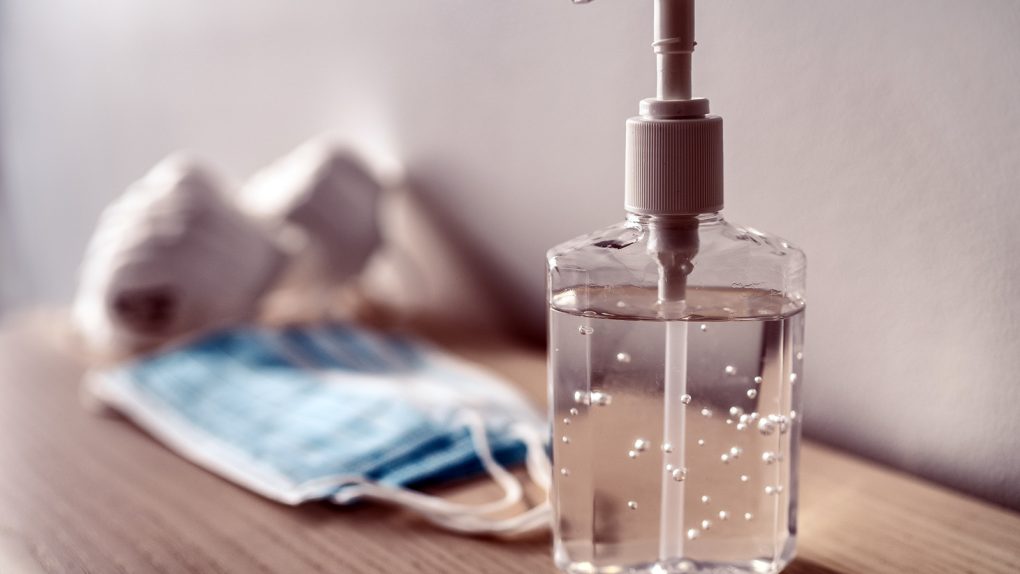- The CDC says coronavirus transmission on surfaces isn’t likely, as COVID-19 spreads mainly via droplets.
- New research showed that surrogate viral DNA placed on a bed rail in a hospital isolation room reached 41% of sampled areas in a ward within 10 hours.
- The study shows how easy it is for a pathogen to move around from surface to surface, and underscores the importance of hygiene and protective gear during the coronavirus pandemic to stop the spread.
The novel coronavirus spreads from human to human by traveling in saliva droplets of various sizes. Some are larger, the kind that are ejected during coughing and sneezing. Some are a lot smaller and invisible to the human eye. These droplets can circulate while talking, researchers have shown. That’s where wearing masks and other protective equipment, as well as social distancing measures, can help.
Those droplets can also land on various surfaces, which is why it’s essential to wash your hands frequently and to clean surfaces and objects that are shared with others. The CDC updated language on its COVID-19 pages to explain that transmission from surfaces is less likely, but the risk still exists. The virus can spread to surfaces, and touching your eyes, mouth, or nose after you’ve touched contaminated objects could be risky.
Several studies have already shown that the virus can survive anywhere from a few hours to a few days in the air and on specific surfaces. New research now shows how easy it is for viral DNA to spread across surfaces in a hospital ward. The pathogen left on a hospital bed rail was found in nearly half of all sites sampled within 10 hours and persisted for five days. Thankfully, it wasn’t a live strain of the novel coronavirus.
Researchers from the University College London replicated a section of DNA from a plant-infecting virus that can’t infect humans. They dipped it in 0.1ml of water in similar concentrations to SARS-CoV-2 copies from samples from COVID-19 patients, and they planted it on a bed rail in an isolation room. That’s the kind of room coronavirus patients might be placed in to reduce transmission.
After 10 hours, the viral DNA reached bed rails, door handles, armrests in waiting rooms, and toys and books in a play area for children. The researchers found the virus in 41% of the sampled areas across the ward. The spread continued, reaching 52% of those areas in three days before dropping to 41% on the fifth day.
The virus spread mostly to nearby regions, including a room with several beds and treatment rooms. On day three, 86% of sampled sites in clinical areas were contaminated, and on day four, 60% of samples near the bed area were positive. That’s not to say that the coronavirus would live as long on surfaces. But it could spread just as quickly, posing a risk of infection in those crucial first minutes.
As with other studies, there’s one other caveat. It’s unclear whether the viral DNA left on surfaces would be infectious or how likely it is for a person to be infected that way.
The purpose of the study is to stress the importance of proper hygiene and cleaning practices, as well as the need for personal protective equipment in settings where there are confirmed COVID-19 patients. The researchers note that the surrogate virus can be removed with a disinfectant wipe or soap and water, just like the novel coronavirus.
“Our surrogate was inoculated once to a single site, and was spread through the touching of surfaces by staff, patients and visitors,” senior UCL study author Dr. Lena Ciric said. “A person with SARS-CoV-2, though, will shed the virus on more than one site, through coughing, sneezing and touching surfaces.”








